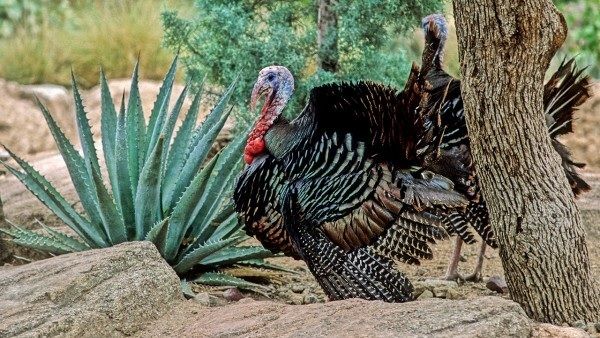Post by UKarchaeology on Nov 27, 2015 15:14:33 GMT

* We used to revere turkeys, not eat them
Not long ago, archaeologists excavating a thousand-year-old Native American village near Dove Creek, Colorado, found a mass grave of turkeys, containing the remains of more than 50 birds, young and old. This wasn’t a cache of bones leftover from turkey dinners. Instead, the carcasses had been carefully arranged within a circle of stones and buried in the floor of a small structure.
Archaeologists say the ceremonial burial, found in 2012, is a striking reminder of a time when many North Americans valued the turkey as a sacred being, not a special holiday meal.
“Turkeys were rather revered animals” among people who lived in the Four Corners region of the U.S. Southwest about 700 to 2000 years ago, says archaeologist William Lipe of Washington State University, Pullman (WSU). “Their feathers were highly valued for blankets and other uses, and [the birds] played an important role in ritual practice.”
Archaeologists have found numerous ceremonial arrangements of whole turkeys, along with other animals, at sites in Colorado, Utah, Arizona, and New Mexico. Many sites date back to the so-called Basketmaker II and III eras, from a few centuries before 1 C.E. to 750 C.E., and the early Pueblo period, from about 750 to the 1500s. At times, it appears the birds were used in ceremonies for abandoning kivas, important ceremonial structures. Others were carefully interred under ceremonial plazas. And the inclusion of young turkeys, which are born in the spring, suggests some burials were linked to fertility rites, perhaps tied to the planting of crops.
Full story: news.sciencemag.org/archaeology/2015/11/we-used-revere-turkeys-not-eat-them
